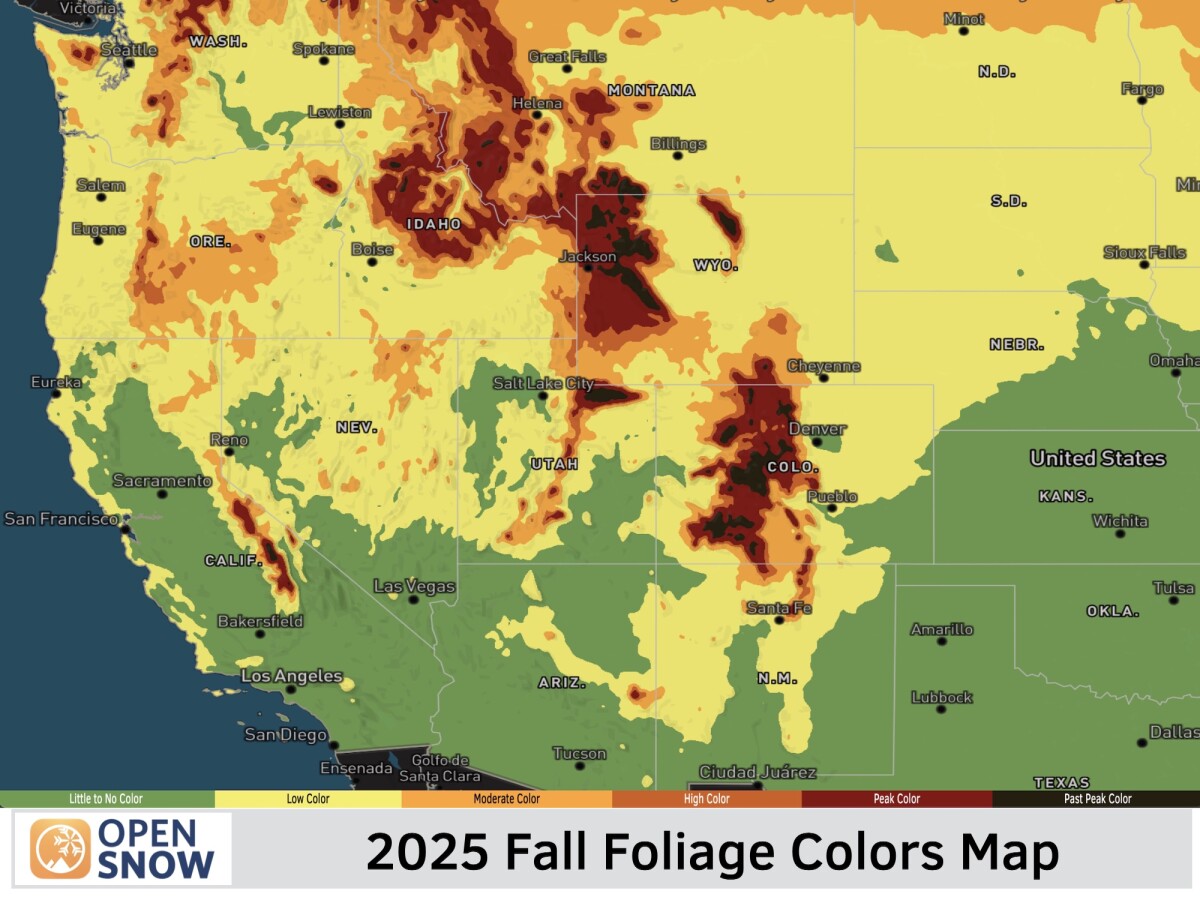News

By Bryan Allegretto, Forecaster Updated 6 months ago January 13, 2025
SNOTEL, Explained
Most weather stations in the United States are located at airports and in populated areas but most skiers and snowboarders enjoy powder in the high mountains far from official airport weather stations.
In order to find weather and snowfall data in these more remote areas, we use SNOTEL sites.
How SNOTEL Sites Gather Snow Data
SNOTEL stands for SNOwpack TELemetry, which is a fancy name for a remote backcountry weather station that measures snow and transmits the data wirelessly. There are 730 sites dispersed throughout the western states of Washington, Oregon, California, Nevada, Idaho, Montana, Wyoming, Utah, Arizona, New Mexico, Colorado, South Dakota, and Alaska.
These sites are primarily focused on measuring snow depth and the amount of water contained in the snow.
The snow depth sensor shoots a beam down toward the snow, and this beam is then reflected back up. The sensor measures the time it takes for the beam to return to the sensor and calculates the snow depth hourly.

Each SNOTEL site consists of many sensors that measure snow and other weather conditions. These conditions are reported hourly through automated transmissions back to a central headquarters and are freely available online.
Using SNOTEL for Snowfall Data
Most skiers want to know how much new snow has fallen during a storm. Unfortunately, the SNOTEL sensors are only measuring the change in snow depth which includes the compacting and settling of the snow. This will return a lower number for the increase in "snow depth" during a storm vs the actual "snowfall" measured every 12 hours by ski areas. When measuring snowfall the spot is cleared after each measurement and the totals are added together. That is why the snow depth you experience when you get to the hill is usually less than the reported snowfall.
A more trustworthy measurement is called the snow water equivalent (SWE), which shows the amount of liquid that would be present if you melted a column of snow. A large rubber bladder is filled with antifreeze liquid and placed on the ground. As snow accumulates on the rubber bladder, the weight of the snow presses down and forces some anti-freeze liquid out of the bladder and through a measurement tube. Scientists correlate the amount of anti-freeze forced out of the bladder with the weight of the snow above.
This measurement is usually very accurate, but it does not provide the exact data skiers are looking for. Skiers can estimate new snowfall by multiplying the change in SWE by the assumed snow ratio which on average runs between 10-15:1. depending on the air temperature.
For example, if SWE increased by 0.5 inches during a storm, this could mean about 7.5 inches of new snow (15 x 0.5 = 7.5). This will only work if the storm was all snow and didn't switch to rain at any point during the storm.
Download the free OpenSnow app for the most accurate snow forecast and snow report information and stay tuned to our weather forecasts for the latest updates.
BA
About The Author




